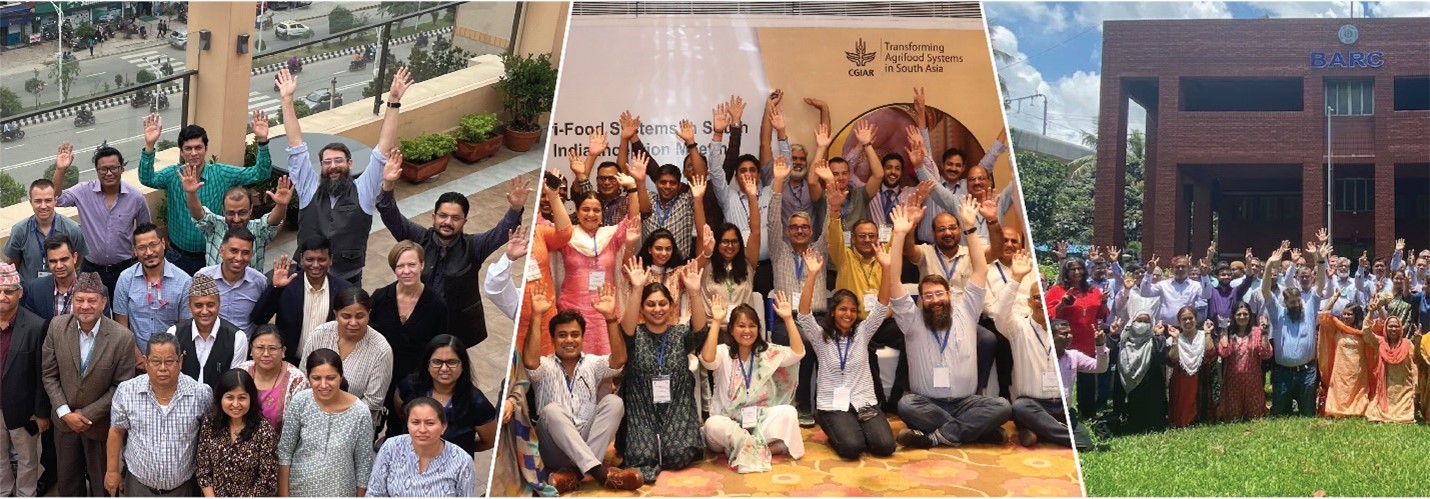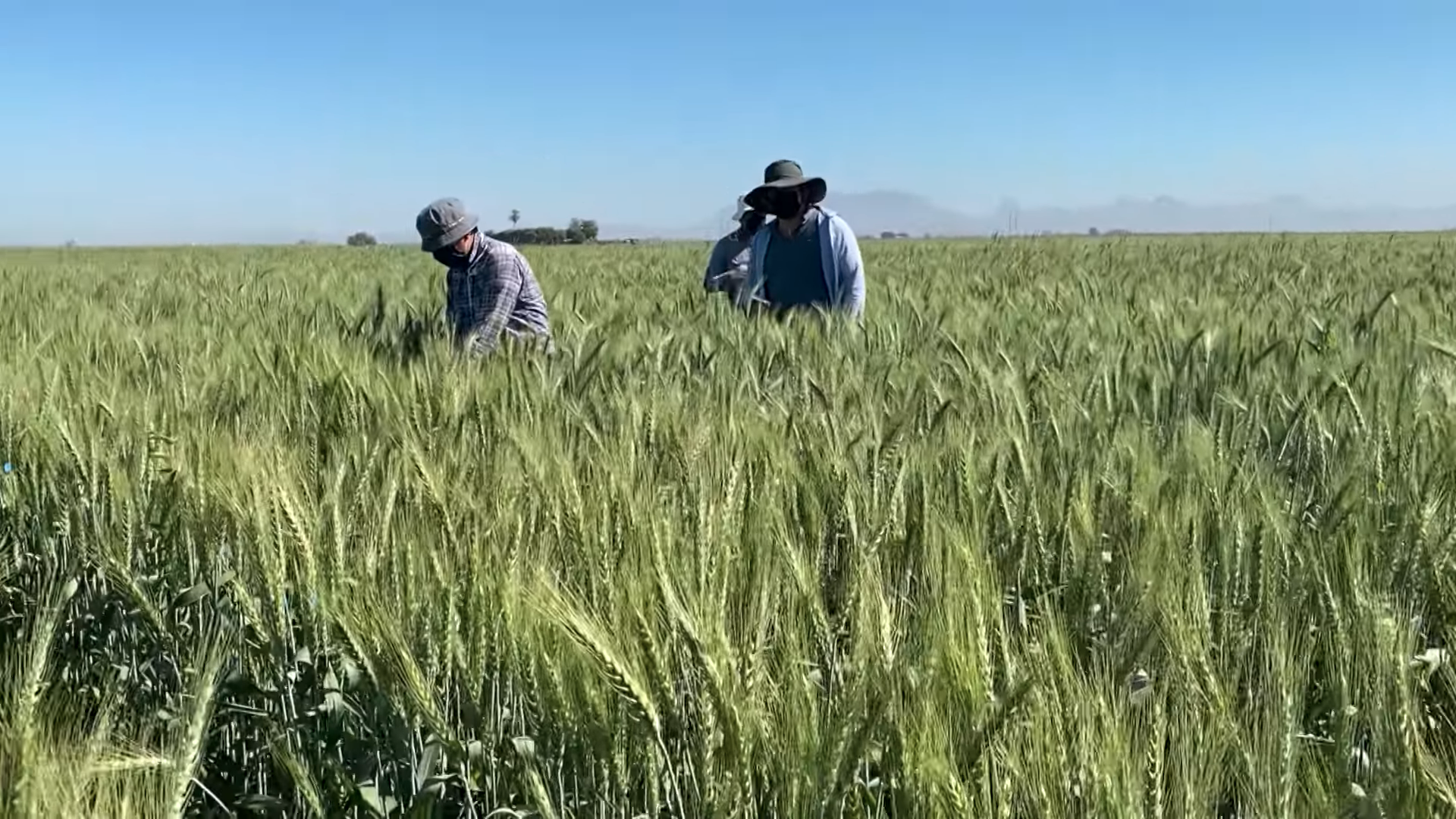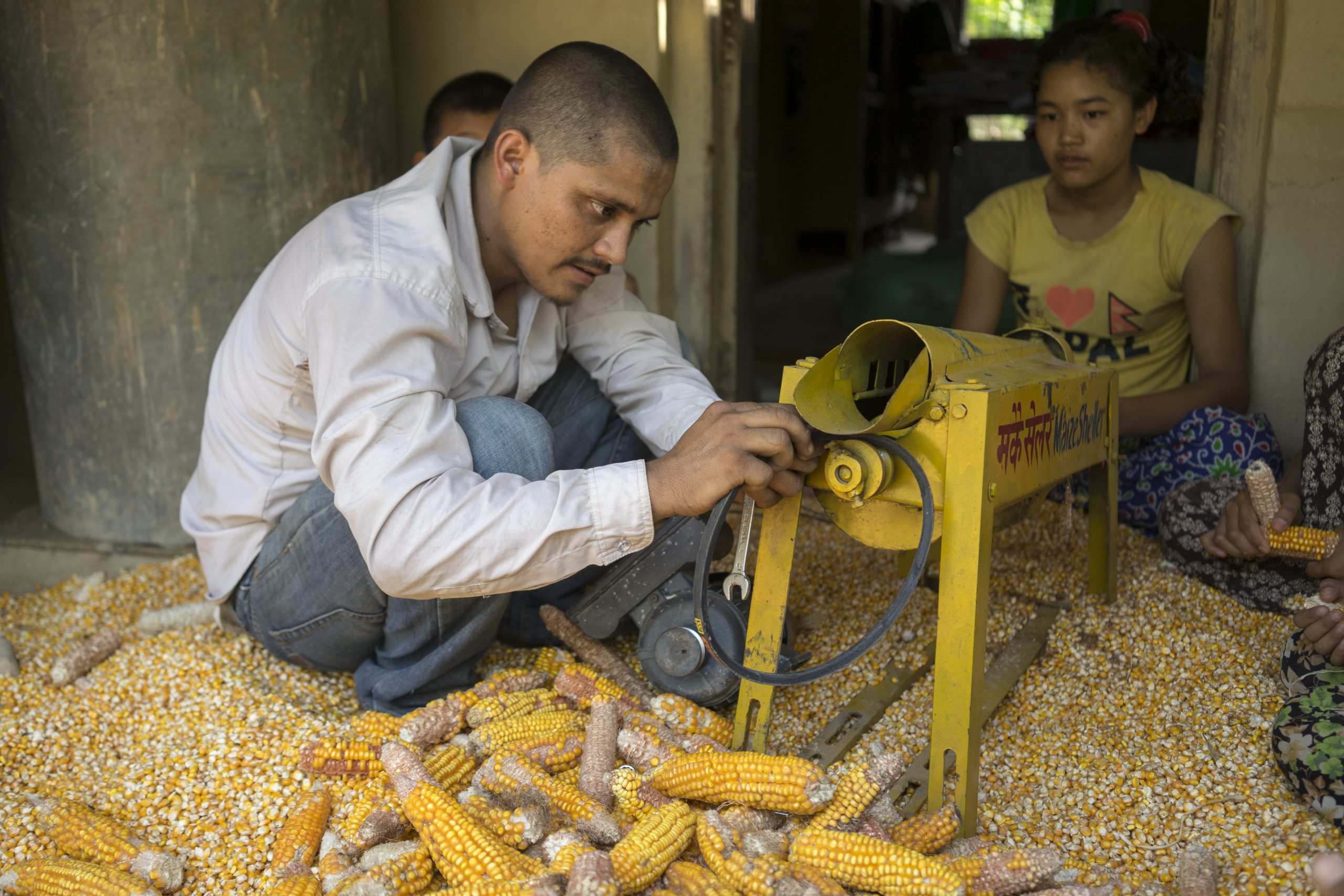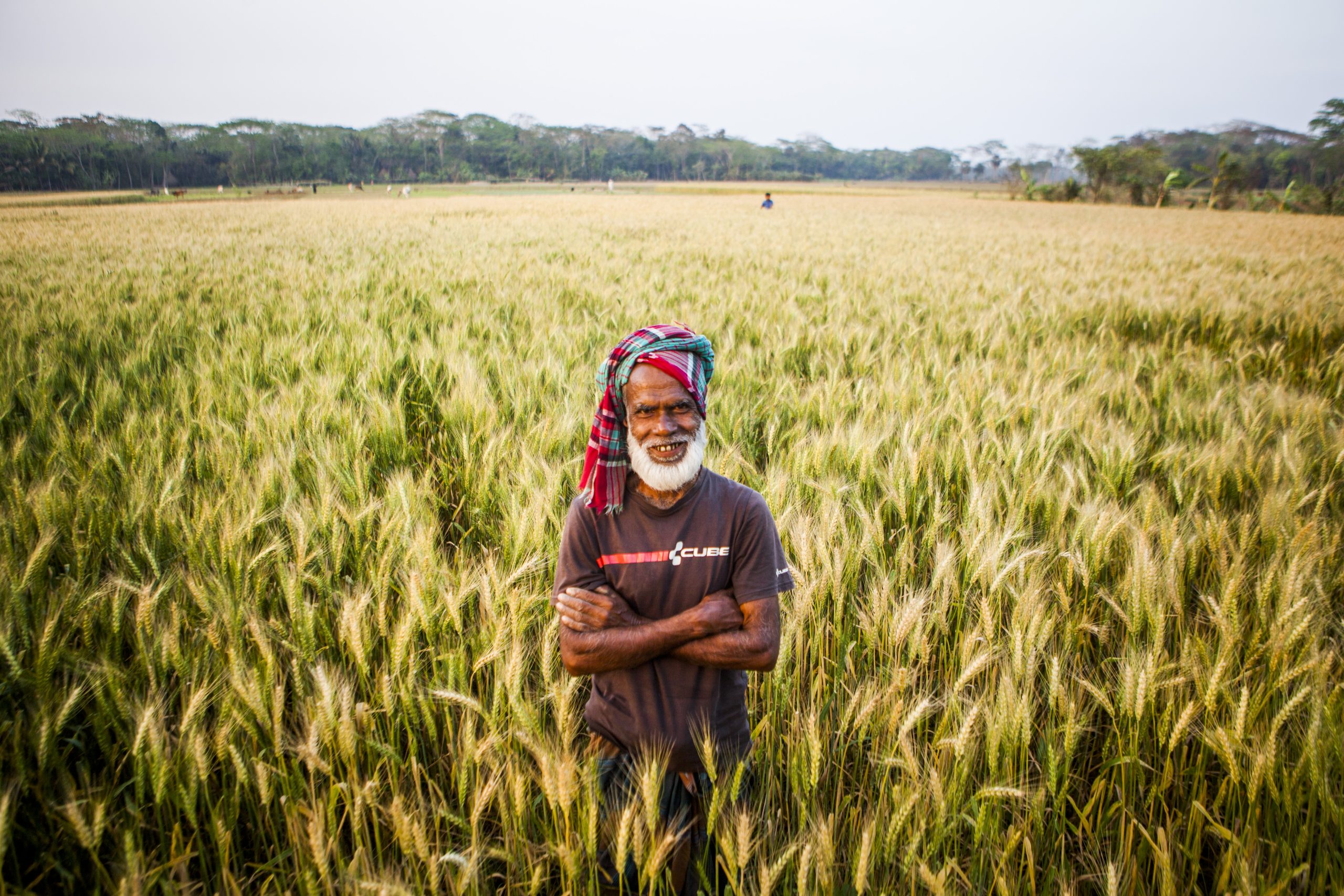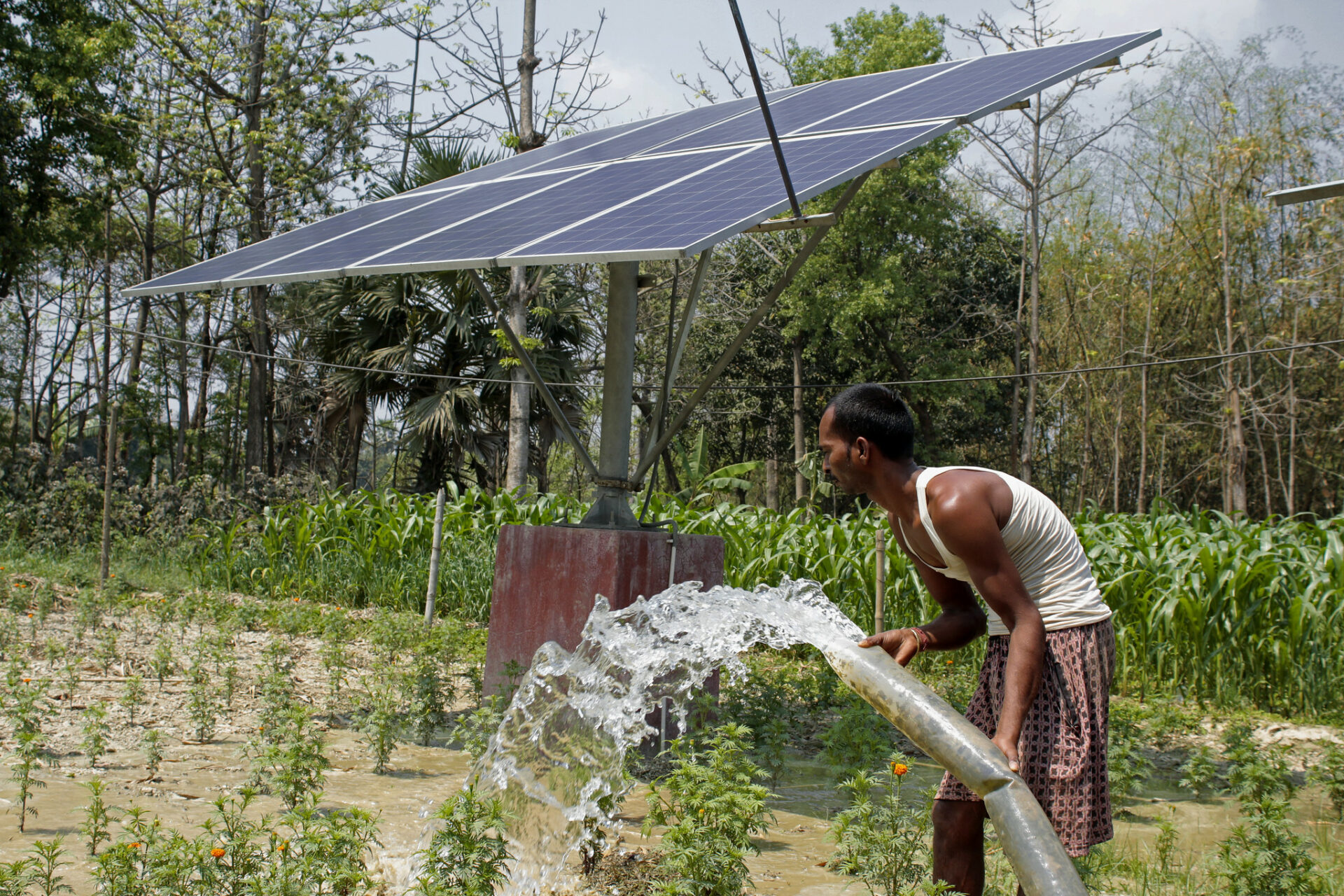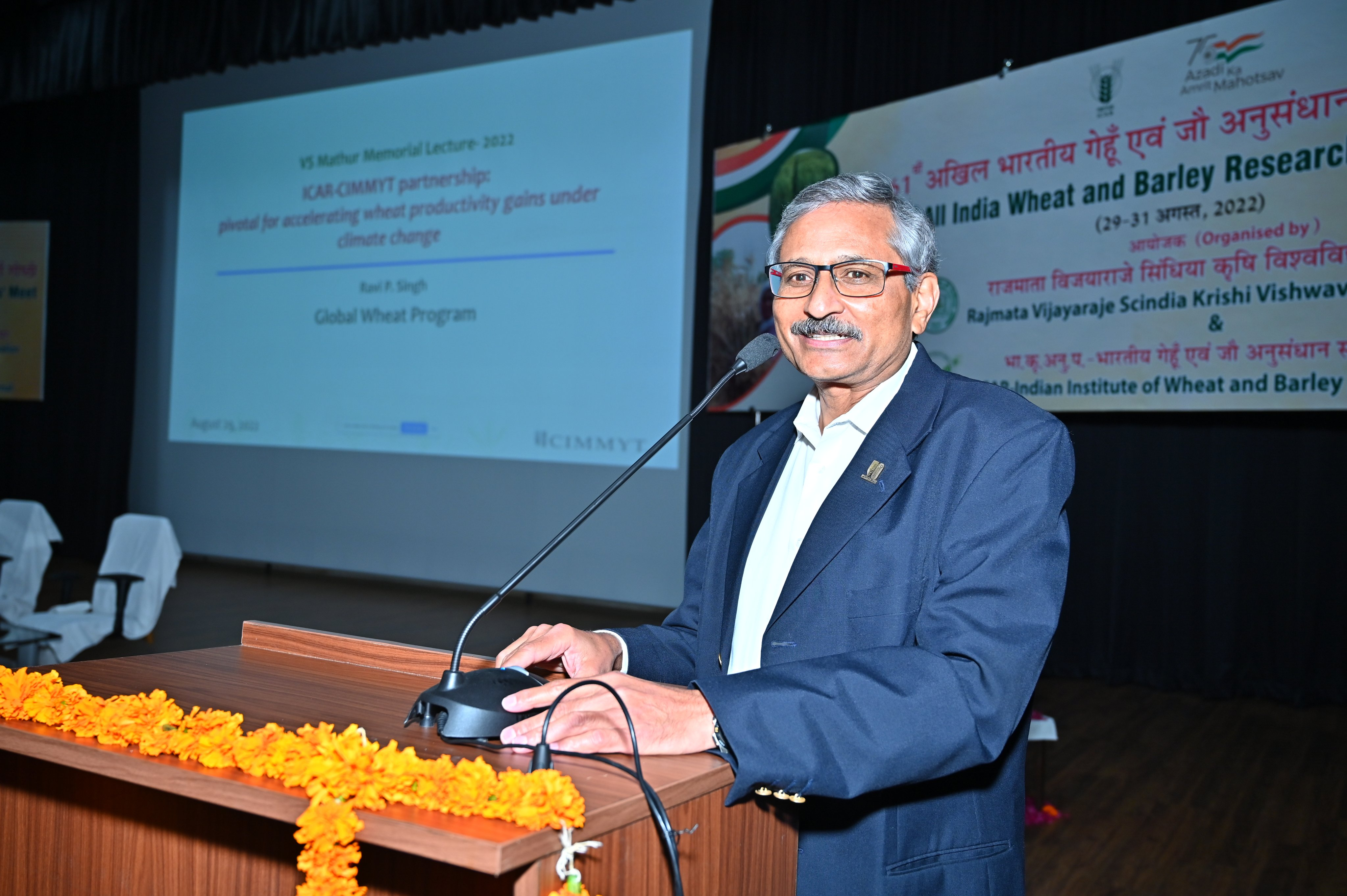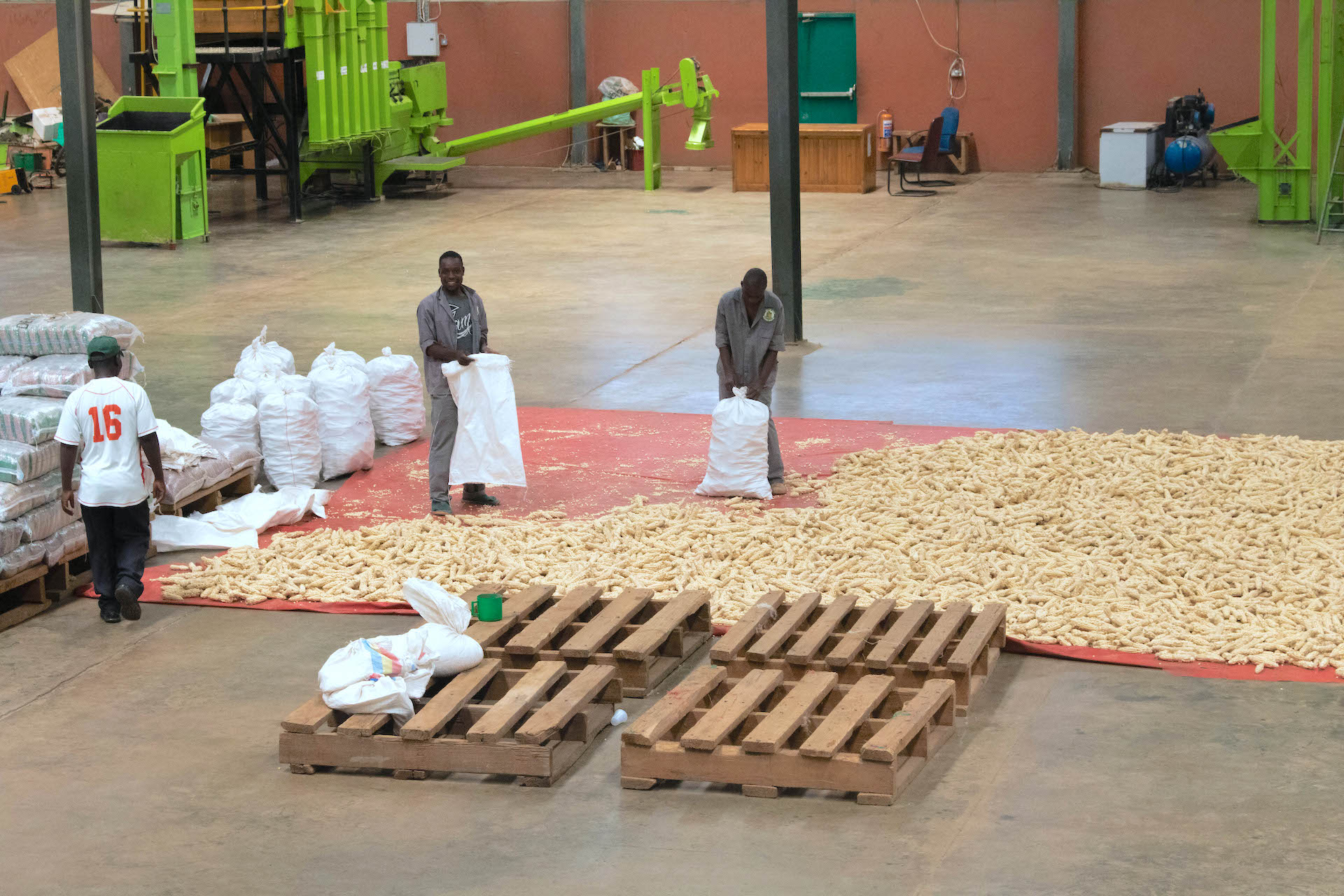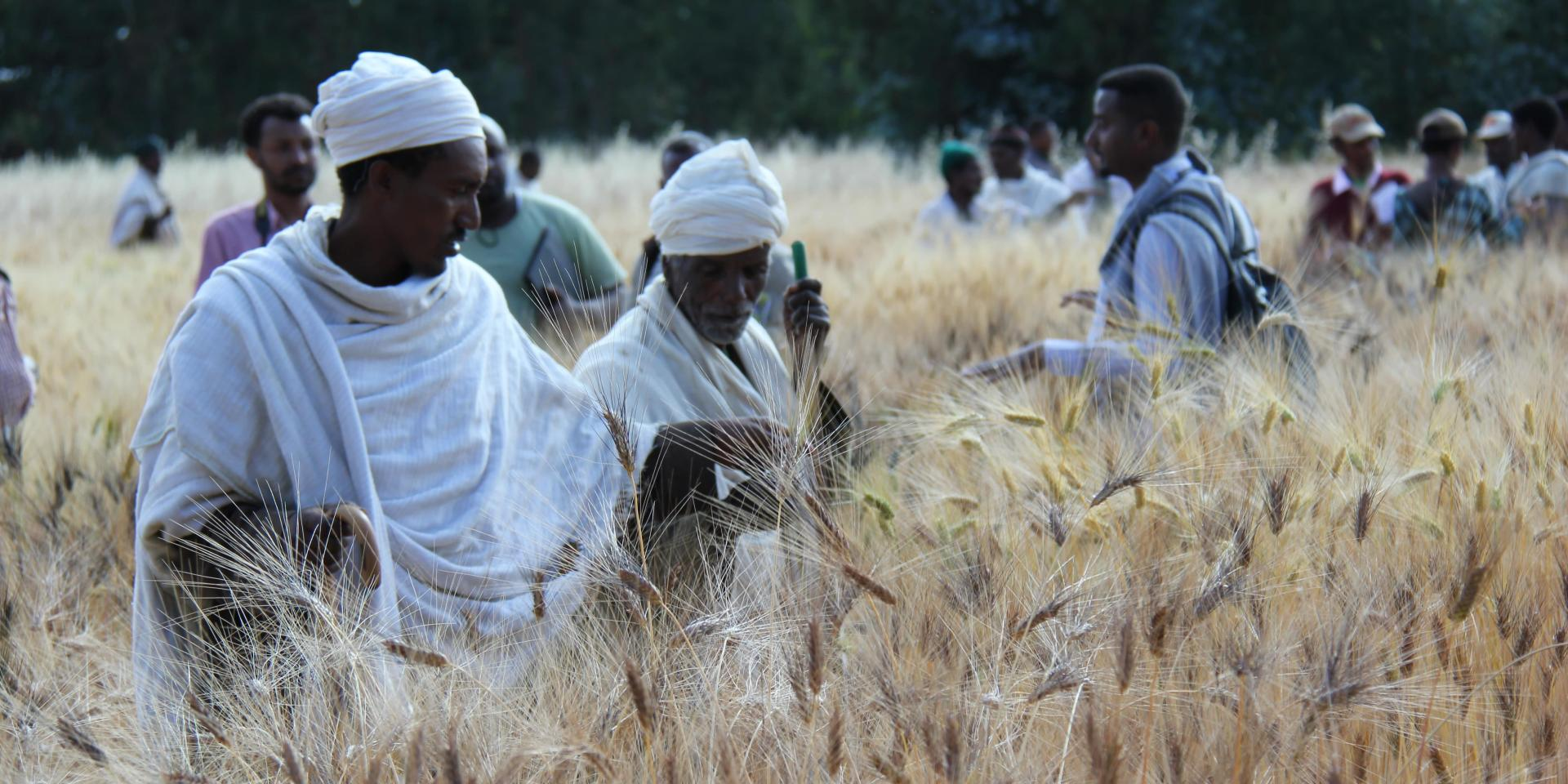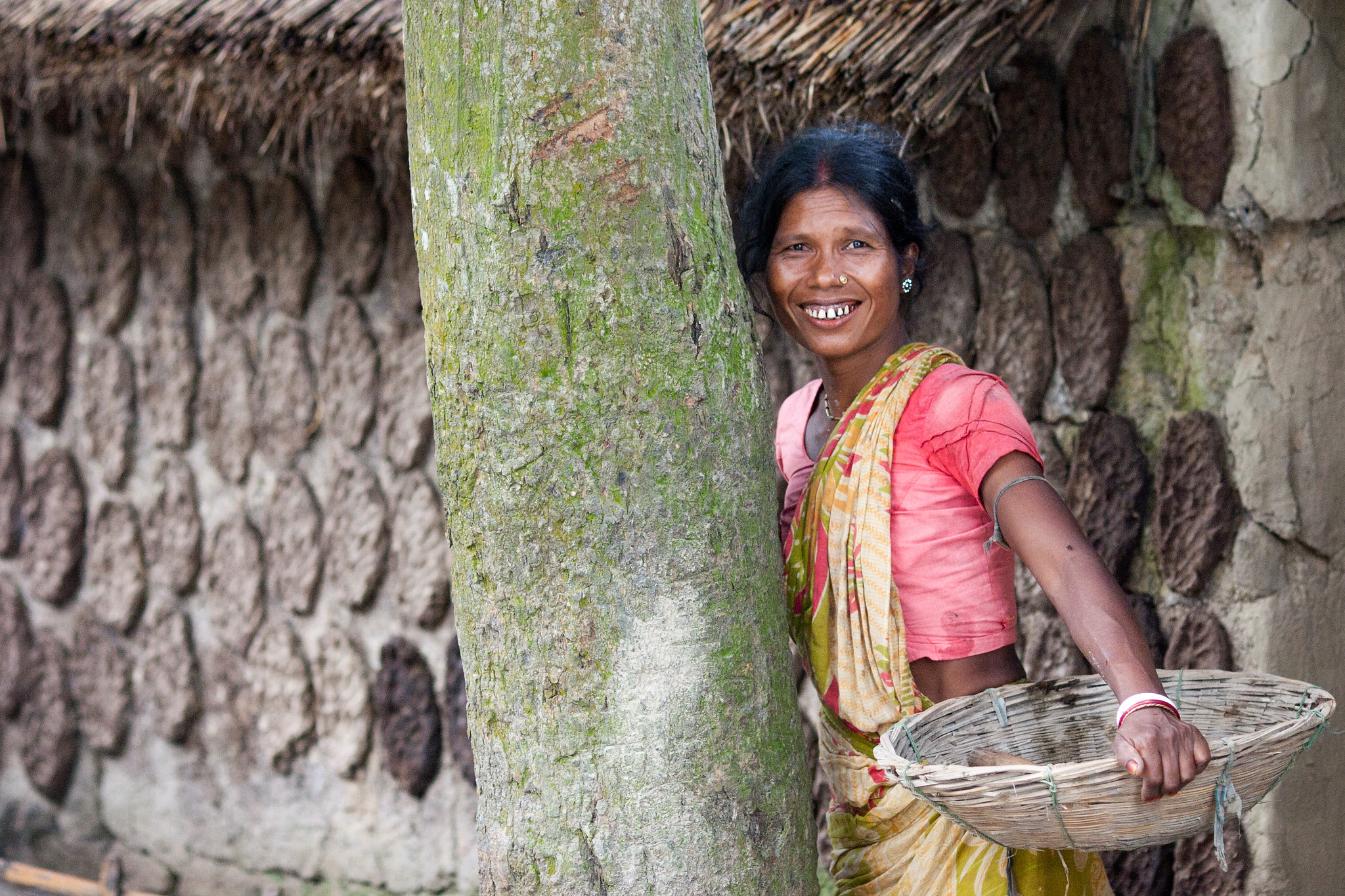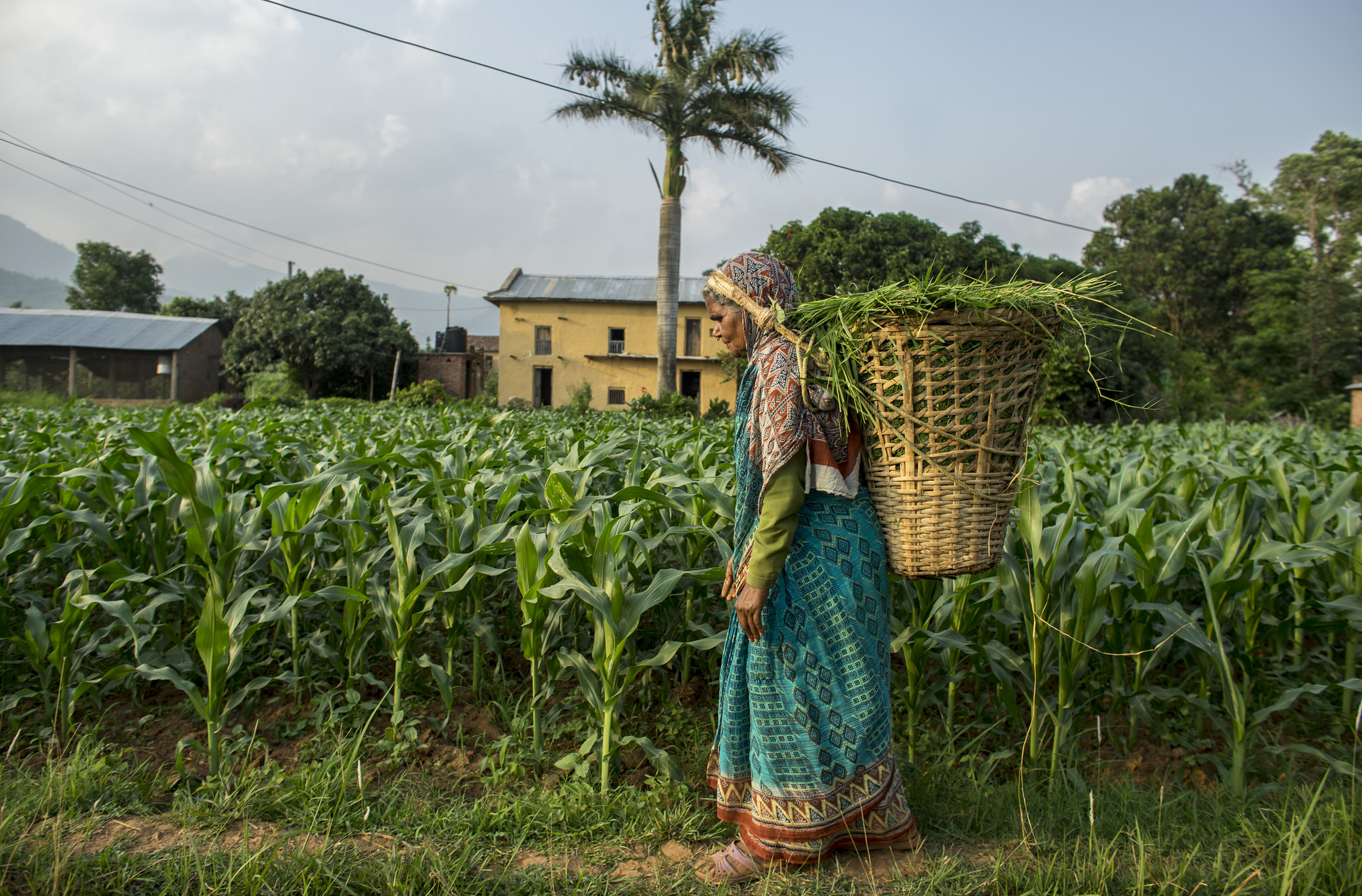Nutrition, health and food security
As staple foods, maize and wheat provide vital nutrients and health benefits, making up close to two-thirds of the world’s food energy intake, and contributing 55 to 70 percent of the total calories in the diets of people living in developing countries, according to the U.N. Food and Agriculture Organization. CIMMYT scientists tackle food insecurity through improved nutrient-rich, high-yielding varieties and sustainable agronomic practices, ensuring that those who most depend on agriculture have enough to make a living and feed their families. The U.N. projects that the global population will increase to more than 9 billion people by 2050, which means that the successes and failures of wheat and maize farmers will continue to have a crucial impact on food security. Findings by the Intergovernmental Panel on Climate Change, which show heat waves could occur more often and mean global surface temperatures could rise by up to 5 degrees Celsius throughout the century, indicate that increasing yield alone will be insufficient to meet future demand for food.
Achieving widespread food and nutritional security for the world’s poorest people is more complex than simply boosting production. Biofortification of maize and wheat helps increase the vitamins and minerals in these key crops. CIMMYT helps families grow and eat provitamin A enriched maize, zinc-enhanced maize and wheat varieties, and quality protein maize. CIMMYT also works on improving food health and safety, by reducing mycotoxin levels in the global food chain. Mycotoxins are produced by fungi that colonize in food crops, and cause health problems or even death in humans or animals. Worldwide, CIMMYT helps train food processors to reduce fungal contamination in maize, and promotes affordable technologies and training to detect mycotoxins and reduce exposure.
Regenerative agriculture in Mexico: the case of Bimbo
 Environmental health and biodiversity
Environmental health and biodiversity
Source: Opportimes (22 Sep 2022)
Grupo Bimbo and CIMMYT partnership aims to improve regenerative agricultural practices for wheat and maize in Mexico.
Integrated initiative launches in Nepal, India and Bangladesh
 Climate adaptation and mitigation
Climate adaptation and mitigation
Collaborative project between CGIAR research centers aiming to improve food security in South Asia launches in three countries.
The future of wheat
 Capacity development
Capacity development
CIMMYT’s experimental station in Obregón is a mecca for wheat research and breeding, where scientists have access to state-of-the-art field facilities and an ideal location.
Why co-creation is vital for sustainable agriculture
 Climate adaptation and mitigation
Climate adaptation and mitigation
CIMMYT Director General Bram Govaerts explains to government and private sector partners how CIMMYT equips farmers to capitalize on new technologies, resulting in climate-smart processes and increased food security.
Can agriculture bring South Asian countries together?
 Climate adaptation and mitigation
Climate adaptation and mitigation
An article in Amar Ujala in India explores the cross-country collaboration instigated by the Borlaug Institute for South Asia.
Galvanizing food systems transformation in South Asia
 Nutrition, health and food security
Nutrition, health and food security
New Initiative builds on CGIAR’s collective strengths and brings together stakeholders to address key regional development challenges.
A Chinese Wheat Breeder’s International Vision
 Climate adaptation and mitigation
Climate adaptation and mitigation
Source: China Minutes (7 Sep 2022)
China is the largest global producer and consumer of wheat. The country’s breeders are developing high quality, high yield varieties, with resistance to the droughts and crop blights that have increased in frequency and spread due to climate change.
Singh recognized for wheat crop improvement
 Climate adaptation and mitigation
Climate adaptation and mitigation
SAWBAR bestowed the Sh. VS Mathur Memorial Award 2022 upon CIMMYT scientist Ravi Singh for his pioneering work to enhance wheat productivity in India.
Fertilizer scarcity may hamper crop cycle, cautions scientist
 Nutrition, health and food security
Nutrition, health and food security
Source: The Hindu (2 Sep 2022)
Food systems are under pressure due to climate change, COVID-19 and the conflict between Ukraine and Russia, which is highlighting the need for more resilient global systems.
Fragile global food system calls for a collaborative approach
 Climate adaptation and mitigation
Climate adaptation and mitigation
Source: The Tribune India (2 Sep 2022)
Bram Govaerts, CIMMYT Director General, calls for greater collaboration to address global food security challenges.
Strengthening capacity and building national and regional partnerships in the seed sector
 Capacity development
Capacity development
CIMMYT and its partners provide training on hybrid maize seeds to value chain actors from South Asia.
Cereal seed systems
 Capacity development
Capacity development
Discover how CIMMYT scientists support getting new improved seeds to farmers fields, faster.
CRAFT tool helps Ethiopian experts predict crop yields to improve early warning decisions
 Innovations
Innovations
CIMMYT trains Ethiopian national partners in crop monitoring and yield forecasting as part of AICCRA’s effort to improve climate information services.
CGIAR Initiative: Securing the Food Systems of Asian Mega-Deltas (AMD) for Climate and Livelihood Resilience
 Climate adaptation and mitigation
Climate adaptation and mitigation
CGIAR Initiative: Transforming Agrifood Systems in South Asia (TAFSSA)
 Climate adaptation and mitigation
Climate adaptation and mitigation

